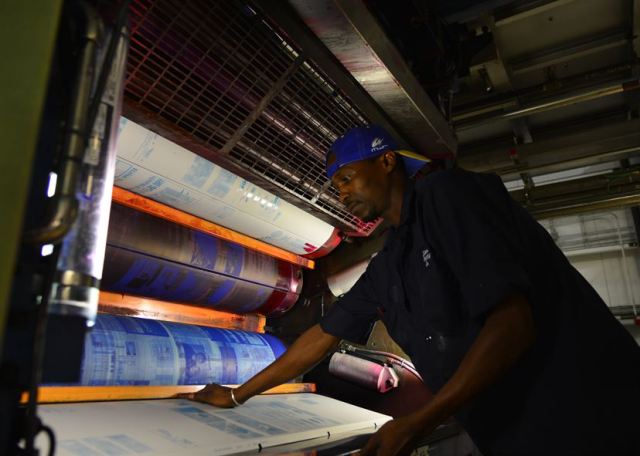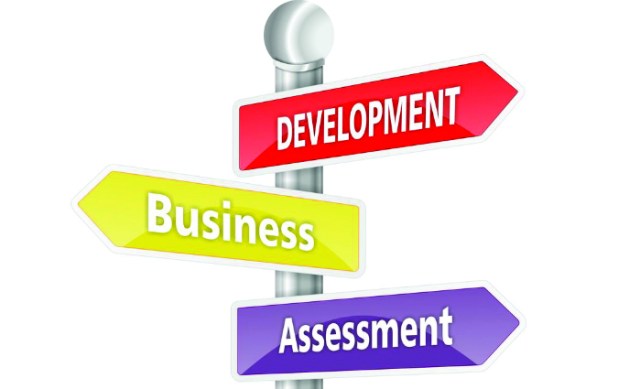
Most of the skillsets of the traditional printing industry are shrink wrapped. That is, they are programs that do what skilled people used to do. Remember dot etchers and strippers? A printer in Rochester NY once wrote to the president of my university to complain that they hired one of my students and the student could not do paste-up. I had to explain to our president, an economist, that we do not do paste-up anymore. It is done on screen.
I receive regular communication from printers who need an operator for a specific model of offset press. My favorite request came when Adobe InDesign was just introduced—the printer wanted someone with two years experience with the program.
All this brings us to the question: where will the print workers of the future come from? Secondary schools can only teach the basics, such as creating a file, setting up a workflow, making a plate, running a small offset press. University-level curricula can teach preflighting, colour, quality, and much more. But only the suppliers can teach you to run a modern offset press, or a state-of-the-art flatbed printer, or a finishing system.
As older workers on older machines retire, finding replacements will be near impossible. Finding training on machines made before 2000 is a challenge. Many printers hang on to their equipment for generations. Even after it is decommissioned, it is stored in an elephant’s graveyard in the bowels of the plant.
There is no simple solution. Technology not only obsoletes machines, it obsoletes the skills needed to run those machines. In the old days Unions were based on specific processes like Linotyping, engraving, binding. Today, no single machine dominates, and every supplier uses different approaches, terminology, and tools. We have evolved from more or less general skills to today’s
specific skills.
As printing on substrates beyond paper advances, new skills will be needed. They may talk about lights-out workflows which are highly automated, but someone still has to know how to set them up and maintain them. Even robots will need maintenance, or will they do it themselves? After all, they are robots.
There needs to be partnerships between education at every level with the suppliers to the industry. We are all in this together. Most schools cannot afford the machines they need to teach with, so they use old technology to teach new technology. Too many of the suppliers of desktop software see schools as profit centers. They should be donating software and support. Printers, educators, suppliers, and others are all in this together. We need to co-operate to train and educate the workforce of the future. Because that future comes every day.
Comment below to have your say on this story.
If you have a news story or tip-off, get in touch at editorial@sprinter.com.au.
Sign up to the Sprinter newsletter



